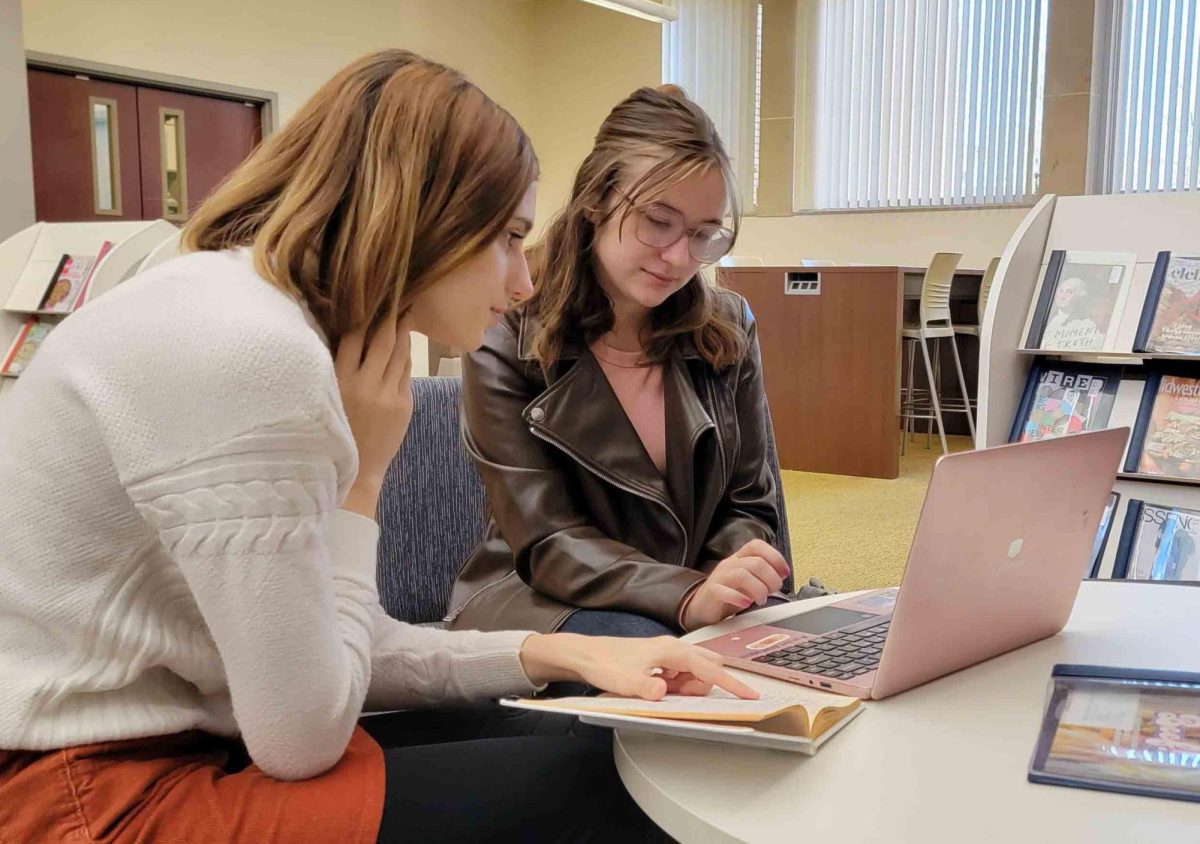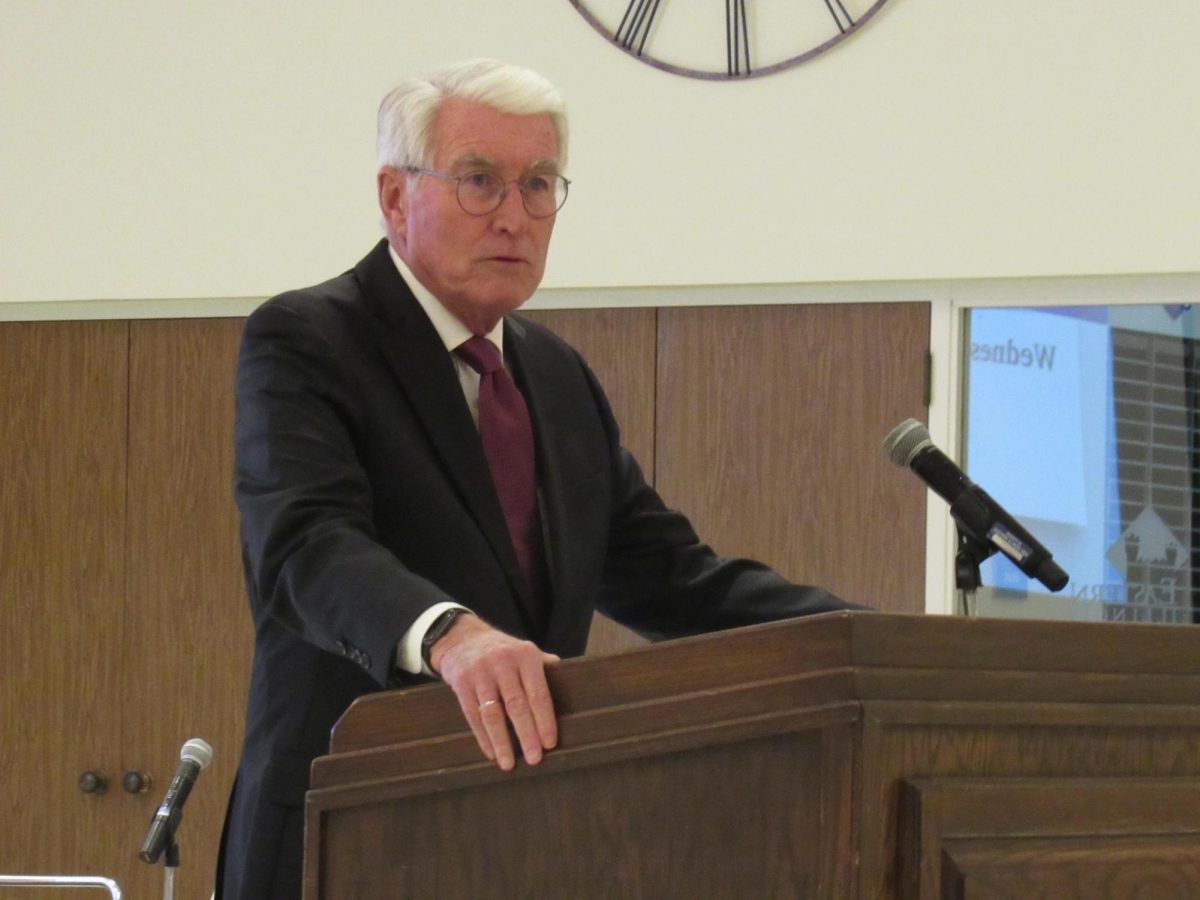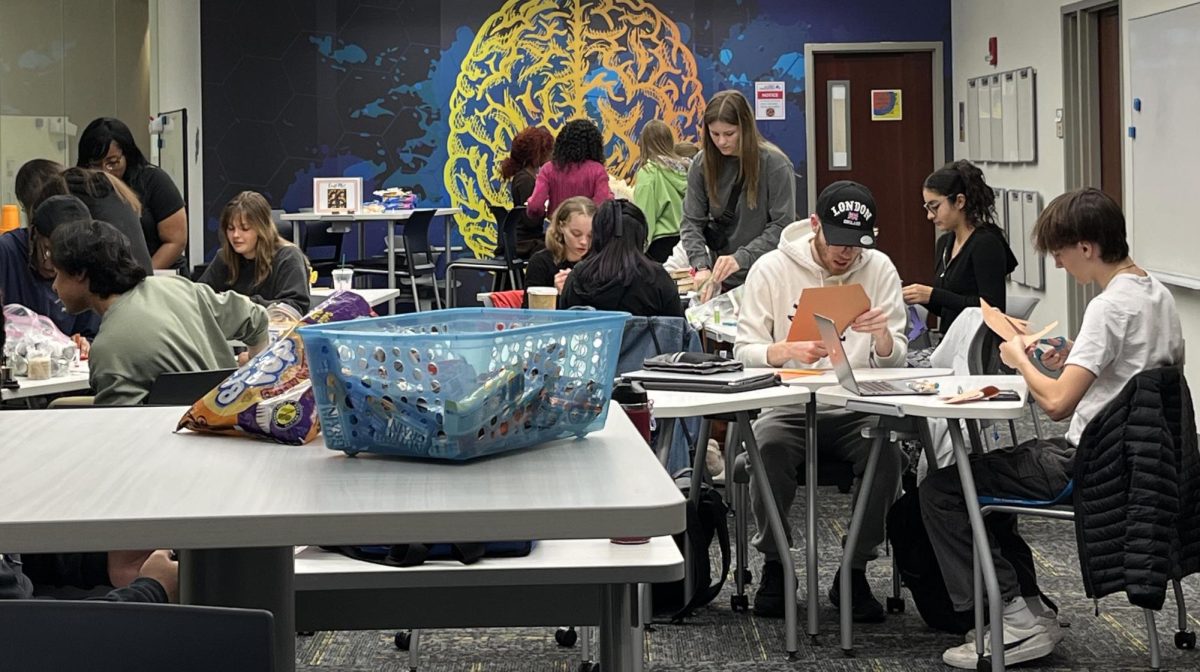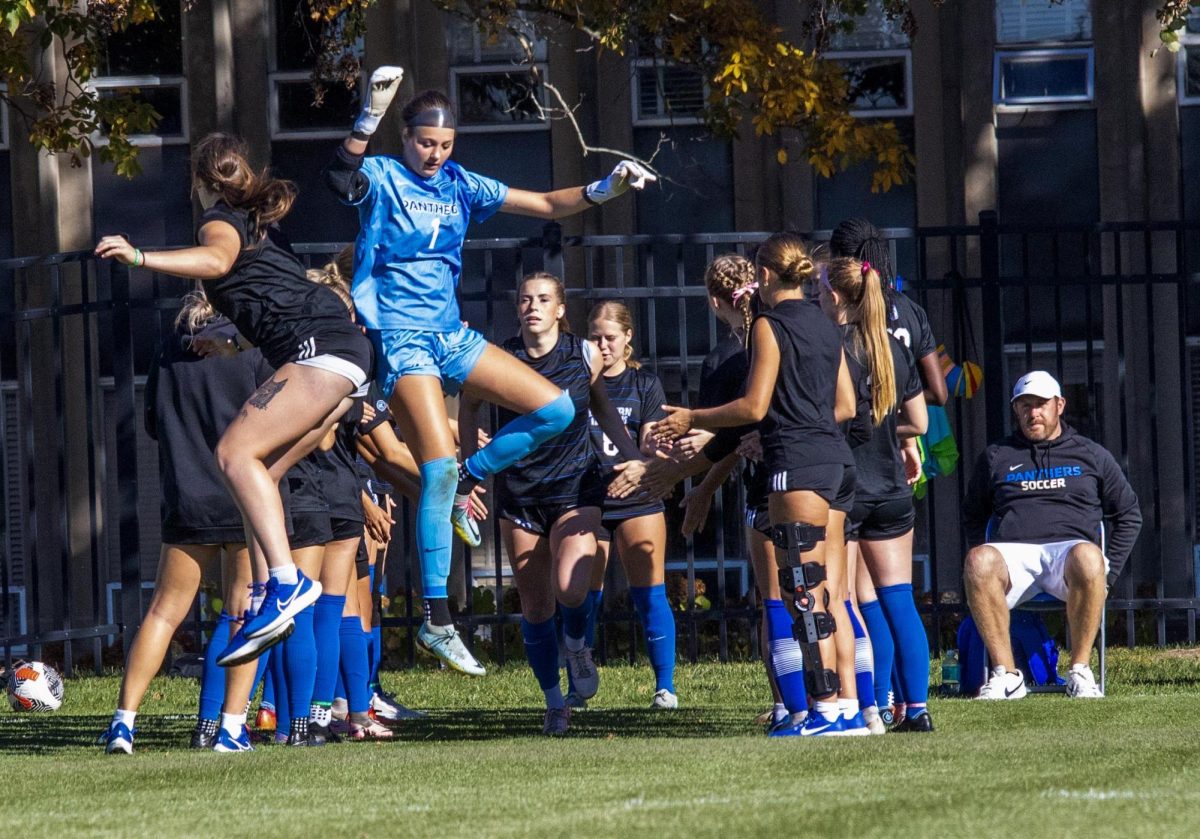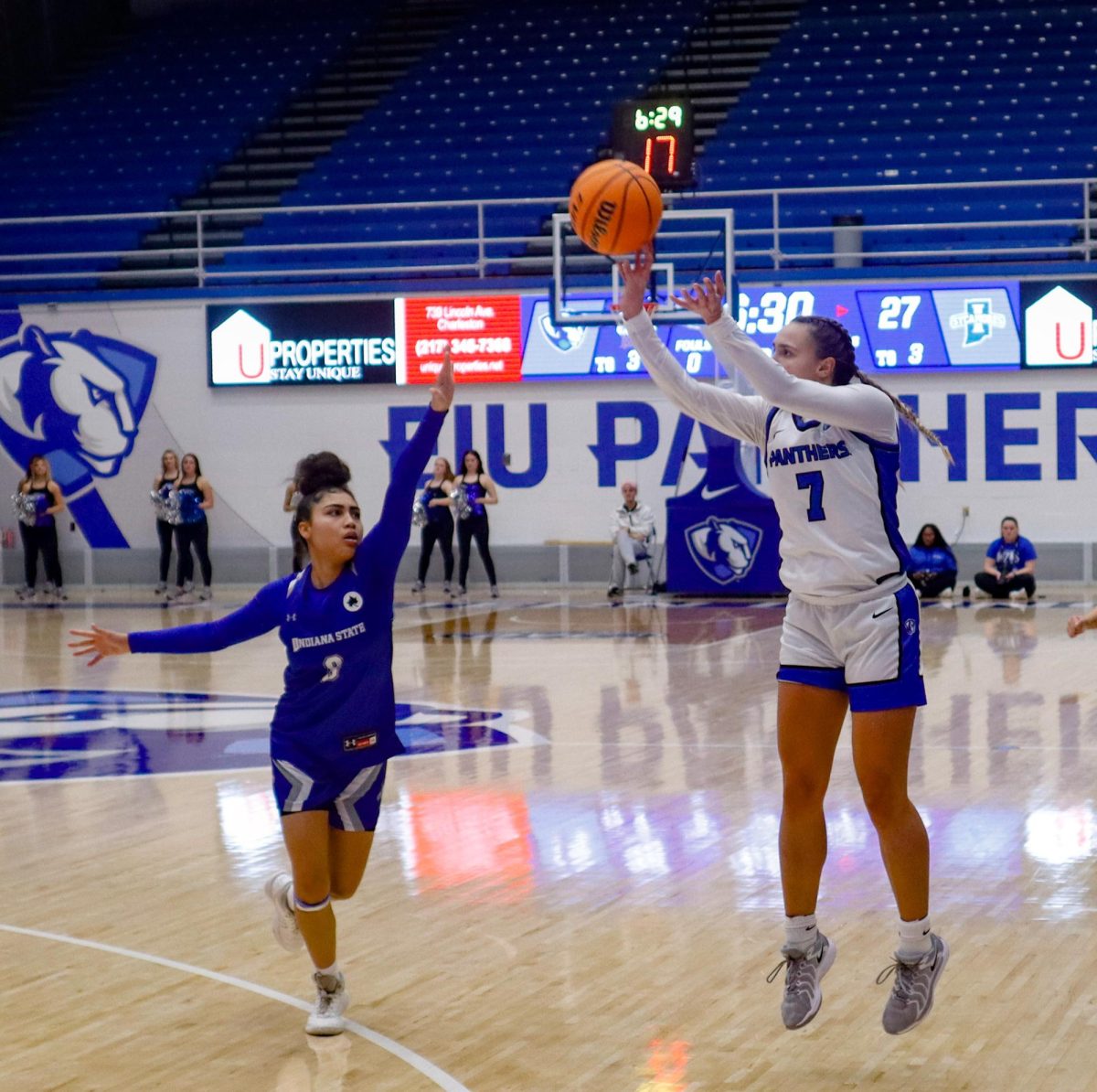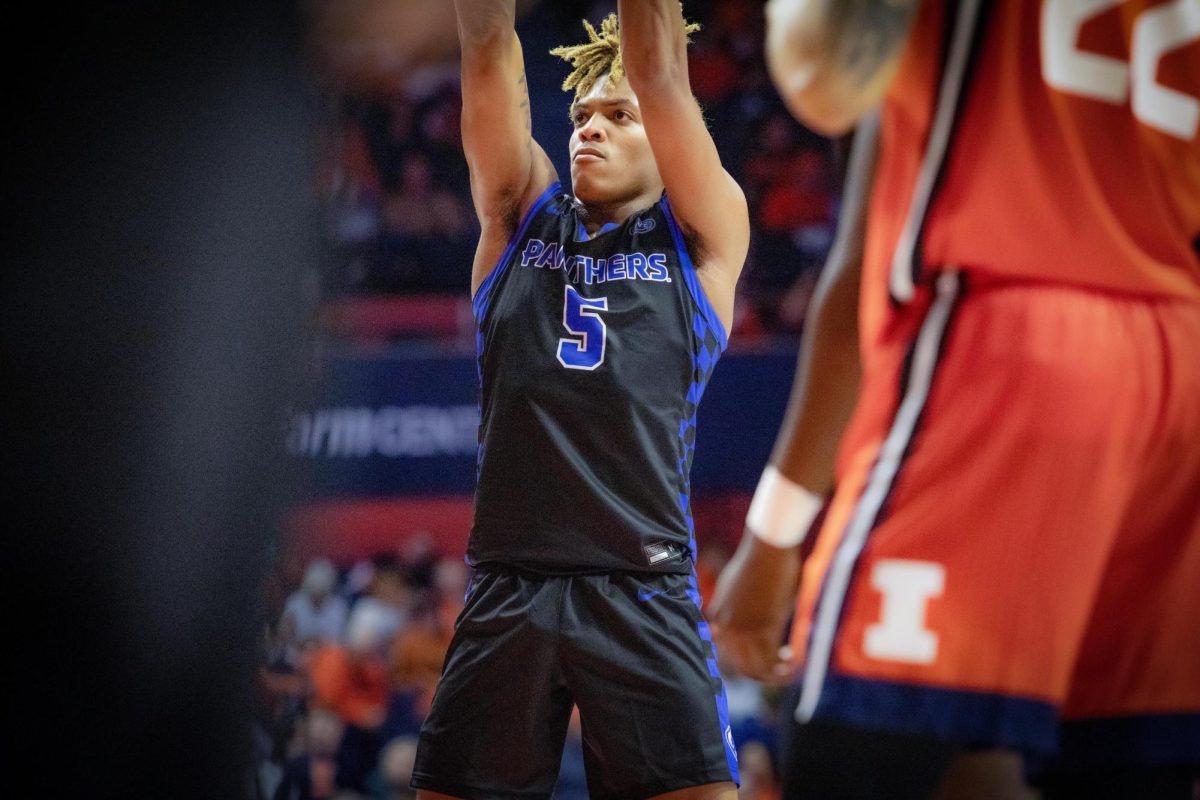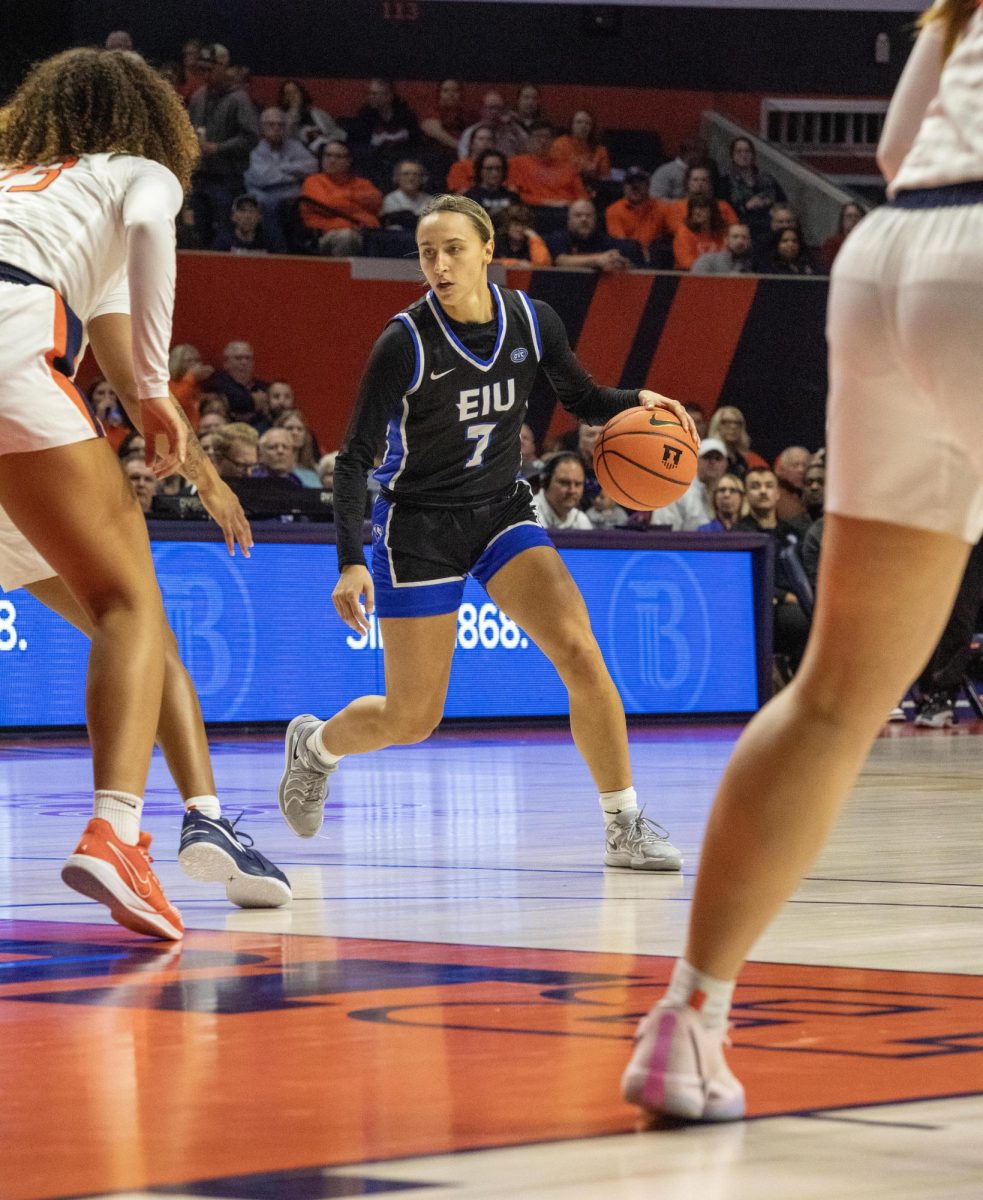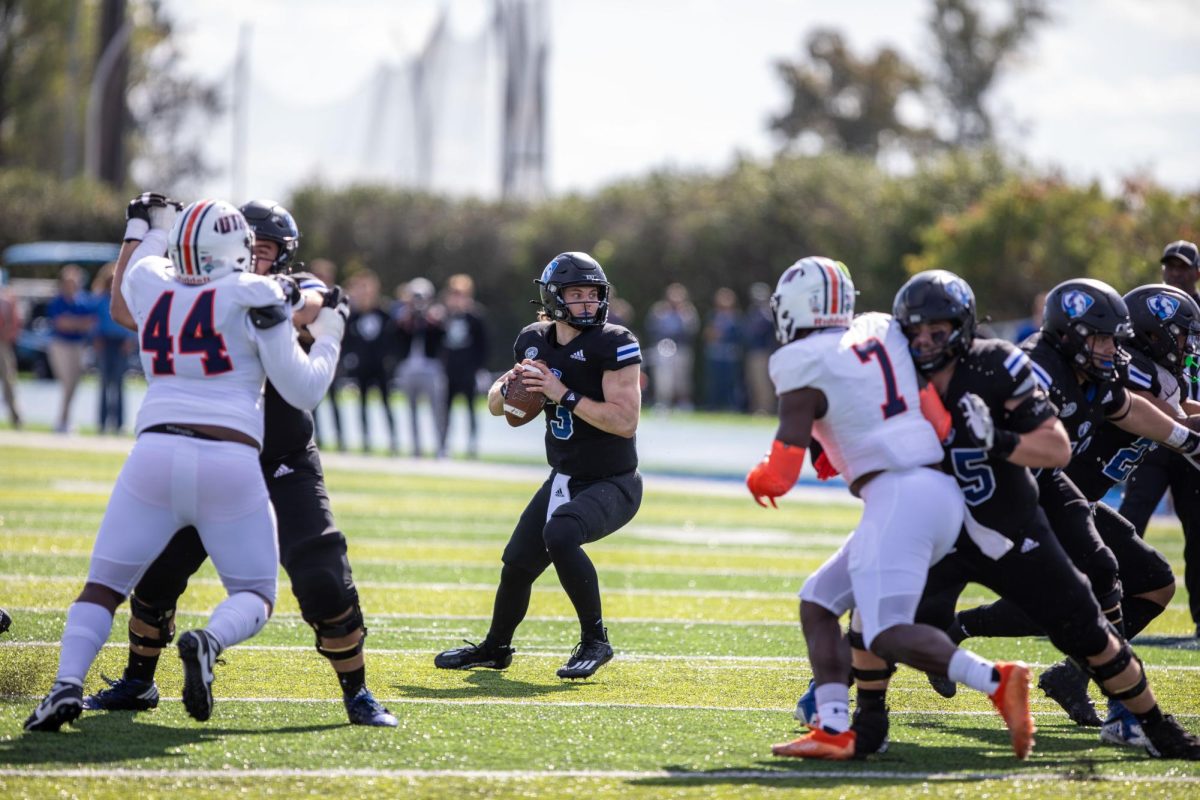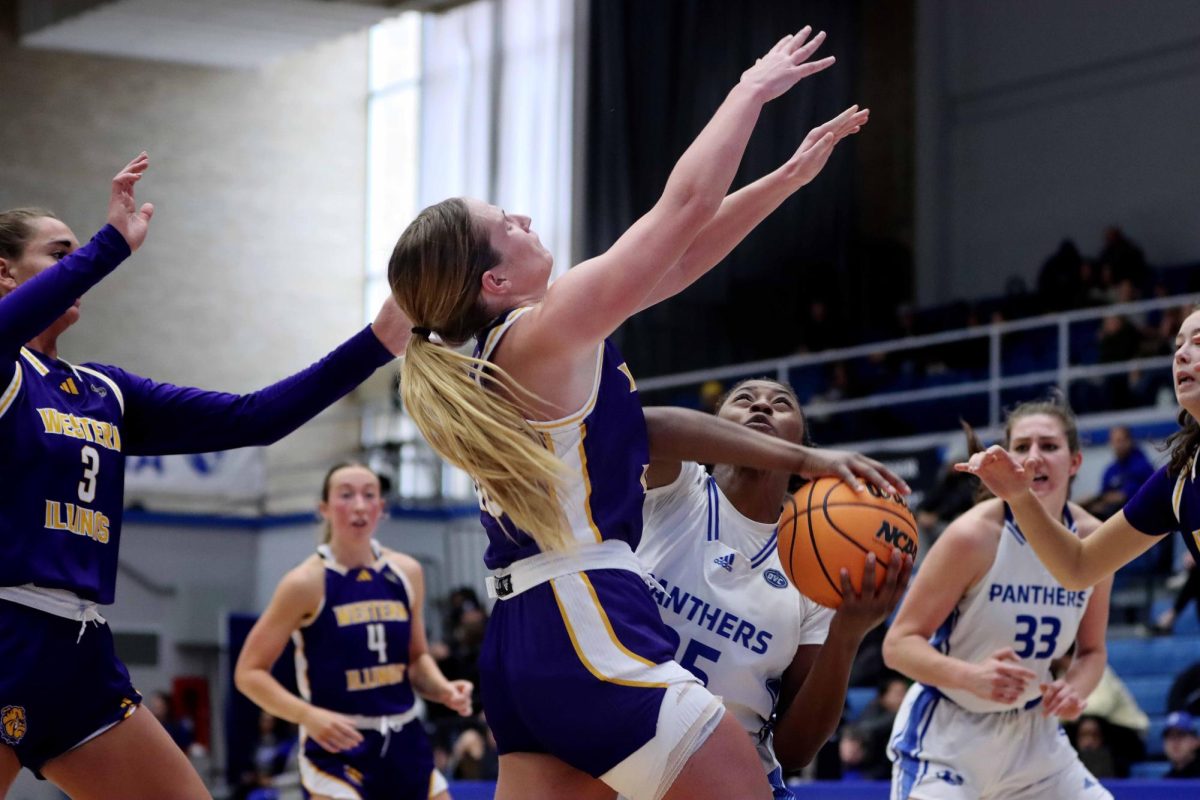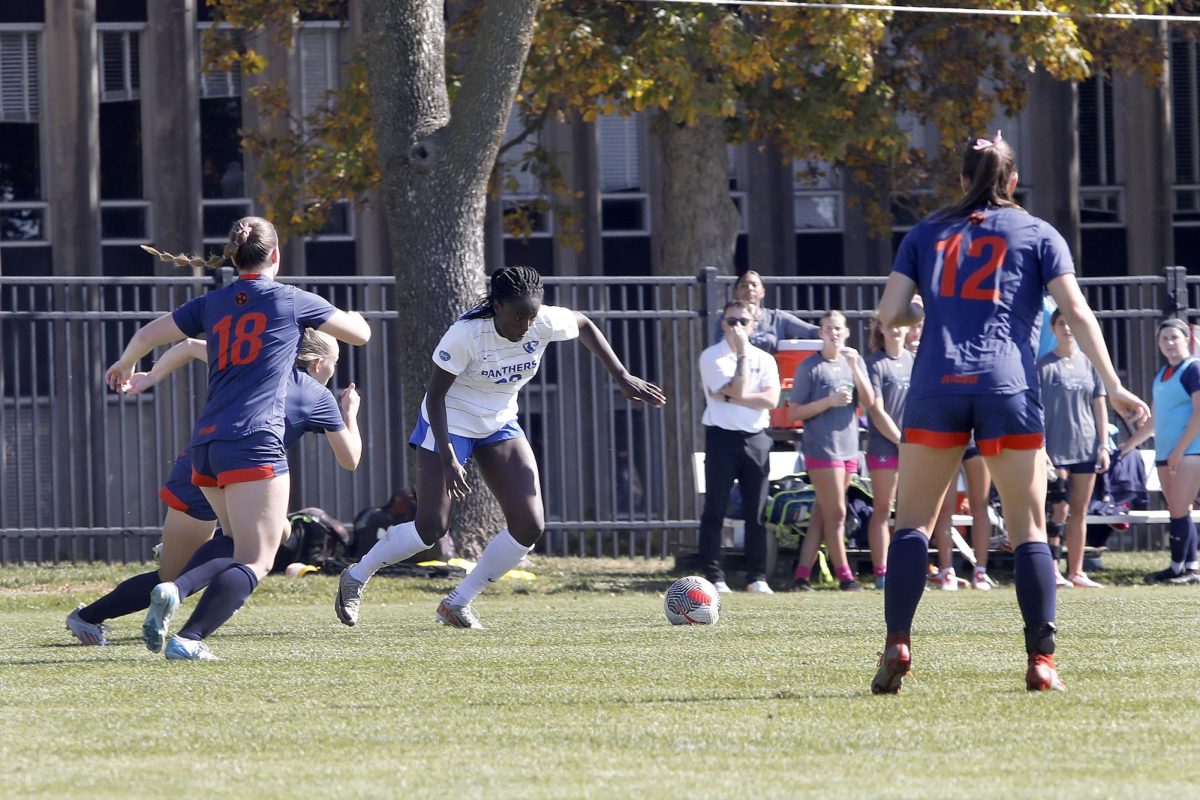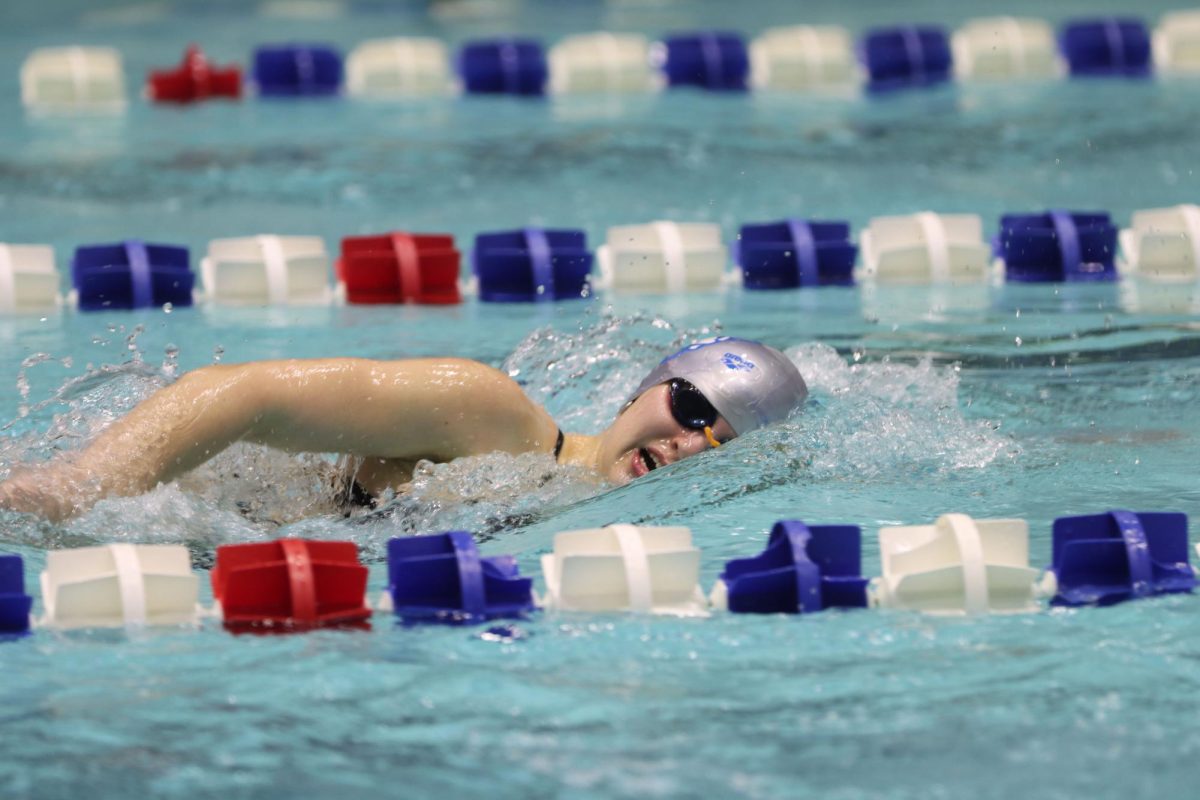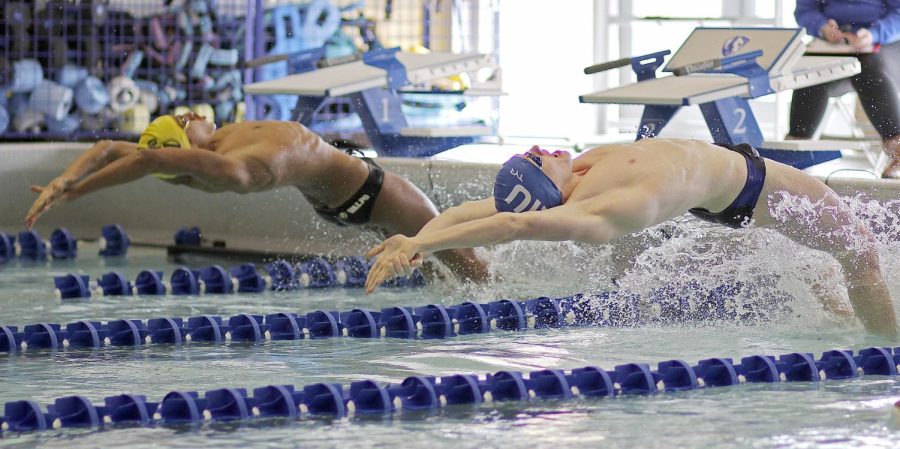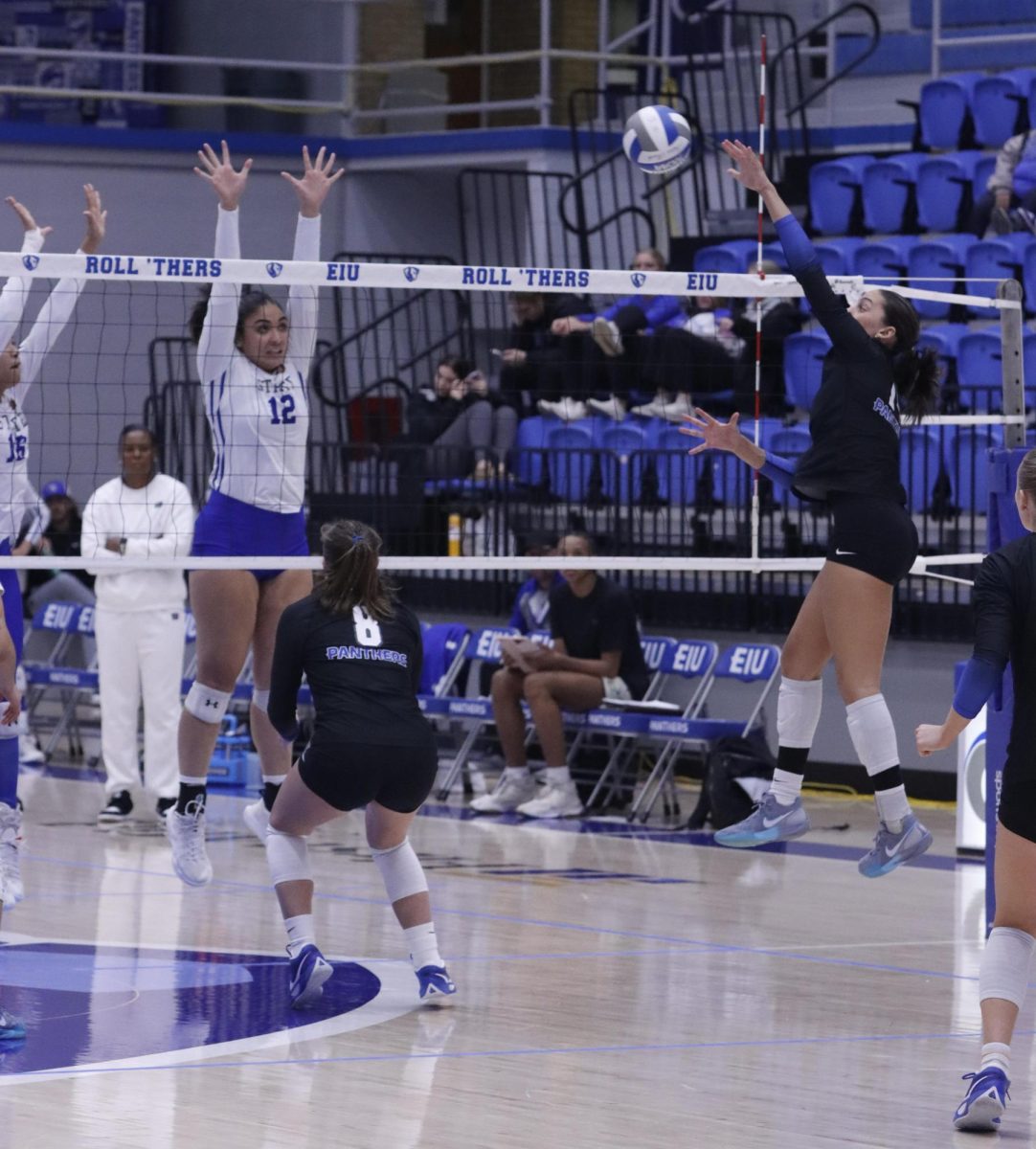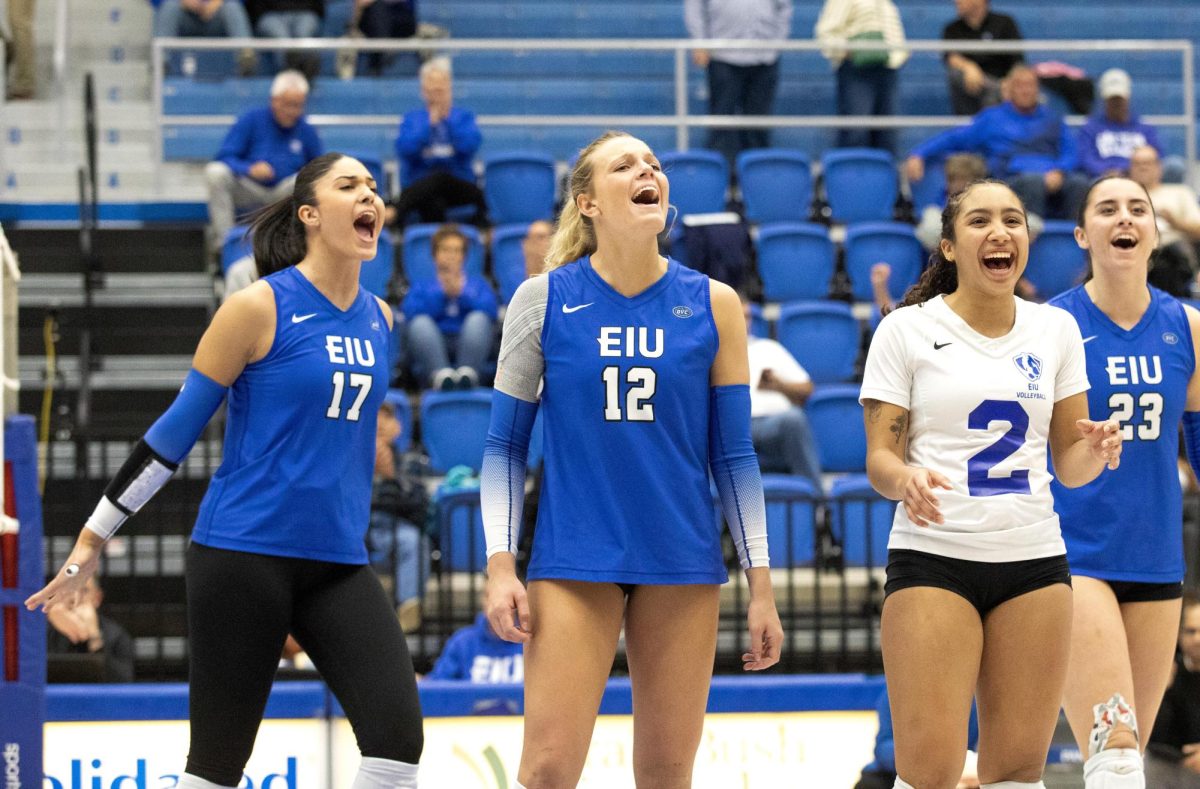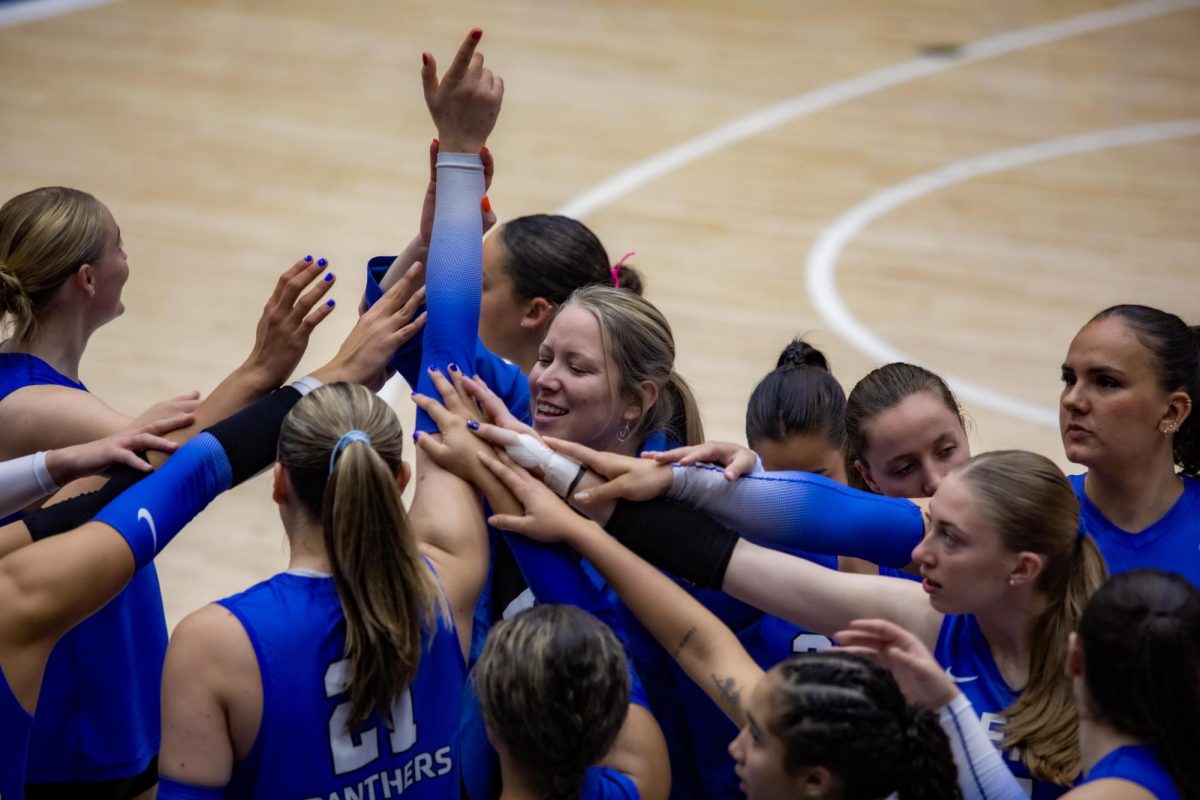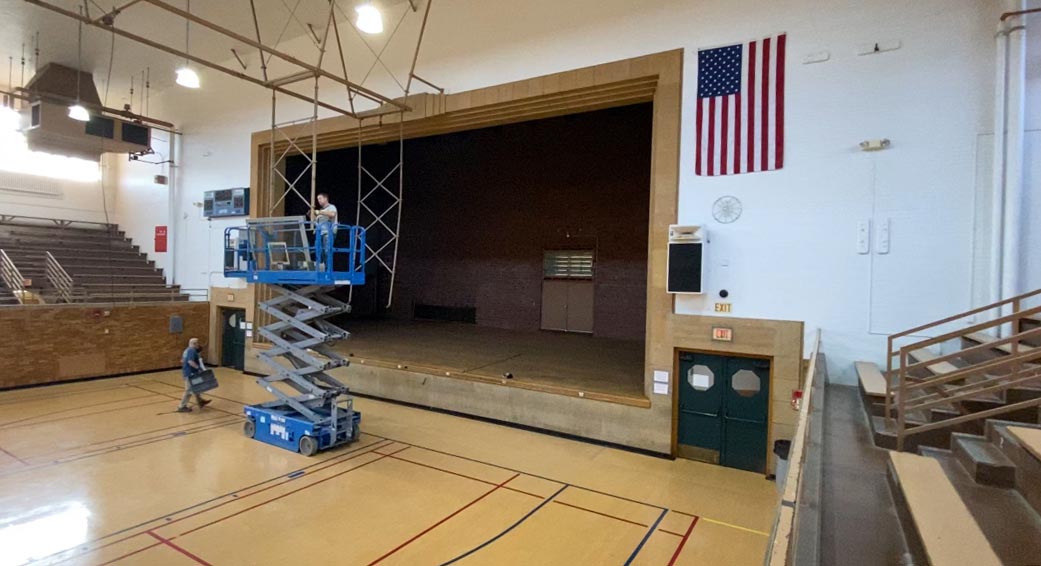Art lecture connects mind to body
The body: a visceral system of organs that realizes surroundings through the senses. Simple, it searches for base needs and defines experiences through survival.
The mind: essentially one in the same.
These are the definitions and the premise behind Maria Tomasula’s lecture and art exhibit in Tarble Arts Center.
Tomasula, a professor of art at Notre Dame University, will give her lecture today in the Tarble Arts Atrium at 7 p.m. The eight-painting exhibit has been open to students since Jan. 16 and will remain open until March 21.
Chris Kahler, a professor of art, spearheaded bringing Tomasula to Eastern’s campus.
“She is one of the top visceral, realist painters of our time,” he said. “When students walk up to a painting and salivate, the artist’s goals are fully achieved. That is what Maria’s work does.”
Tomasula will critique art students’ work during her time at Eastern.
Kahler said Tomasula’s visit gives students more chances to be critiqued by a fresh set of eyes, the No. 1 thing their artwork can benefit from.
When faced with a painter like Tomasula, Kahler said he thinks the students can really learn from her, her lecture and her exhibit.
The exhibit and lecture, “Saturation,” will explore the connection between the physical representation of the body and the spiritual concept of the mind.
Instead of both mind and body acting in separate functions, she sees the two as intertwining ideologies.
For Tomasula, the traditional, or religious, perspective of the mind is antiquated.
She disregards the sentiment. Instead, she takes a modern approach based on contemporary evolutionary theories and scientific findings and challenges her viewers to see the mind as a part of the body.
“Not many people think of the brain as a sensory organ, when in fact, it is our biggest sense receptor,” Tomasula said. “This thing we call consciousness, well, it is more a part of our needs, the things in us that are biologically imperative, rather than something that sets us apart from the rest of life on this planet.”
She uses this idea to create a visual representation, her paintings, of the mind-body connection.
Taking objects from everyday life, she used her paintings to first create a juxtaposition of sensory interpretation.
The viewer walks to the painting and first notices the visceral object, something slimy or meaty – something tactile, like oysters or slabs of meat, she said. This composes the body of the figures.
Then the viewer sees the representation of consciousness, or the mind. It emanates from the painting with an inner luminosity, whether it is the reflective curling of a strand of pearls or a hazy chandelier.
Ultimately, the viewer should be able to connect the two and see that they come together to create, in her painting a little portrait, and overall, a whole.
The whole, to Tomasula, is where the mind-body connection is felt and understood.
This connection has been developing over time and has culminated to her contemporary vision.
An example of this is in the Middle Age tapestries “Lady and the Unicorn,” in which a woman is depicted acting out each sensory activity, like playing a harp for sense of touch or eating candy for sense of taste.
In the last tapestry, she no longer has any of those representations. Instead it is just her not performing any sensory task alluding to the idea that mind is the sixth sense. Tomasula said the interpretation calls it “knowing,” but she calls it “consciousness.”
“All of my paintings tie together to create this sense of consciousness and its connection with the body, the physical,” Tomasula said. “Science proves we are animalistic in nature, that everything is based on survival. Some say this disenchants the world around us, but not to me. To me, science makes the world all the more fascinating and makes creativity expand to new realms.”
Krystal Moya can be reached at 581-7942 or ksmoya@eiu.edu

